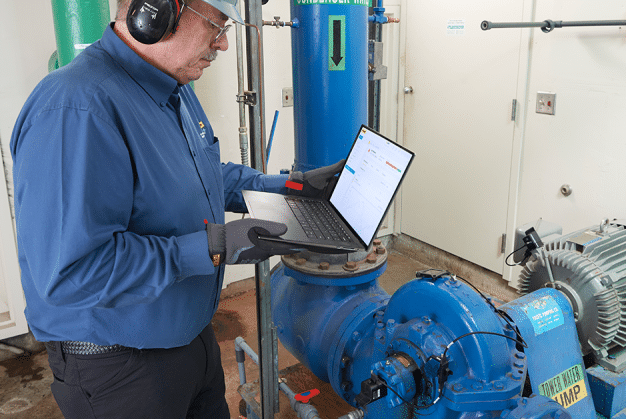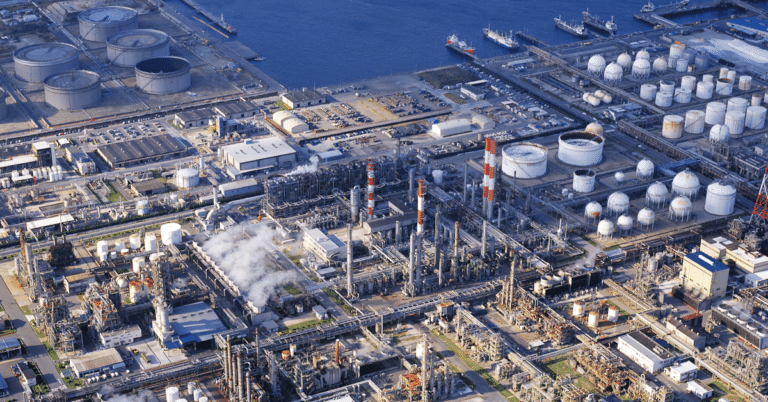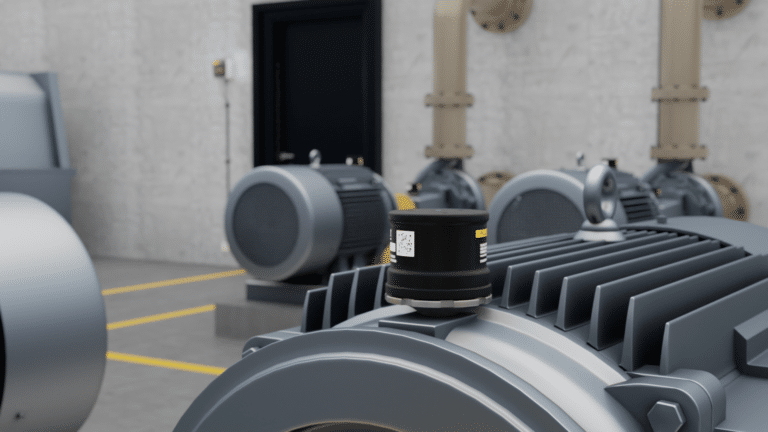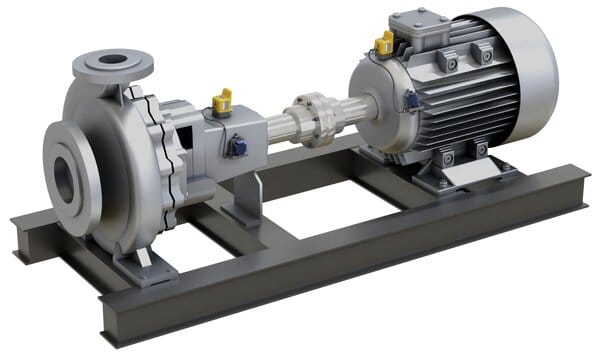Condition-based maintenance leverages advances in vibration monitoring to detect and diagnose problems before they become severe. Maintenance teams can identify machine faults and act when it makes the most sense.

Increased demand means that production plants have very little margin for downtime — the failure of just one key asset could shut down an entire plant, leading to unexpected maintenance expenses, costly lost production time, and potential safety hazards. As the necessary technology has become more accessible, many organizations have begun to adopt a practice known as condition-based maintenance.
What is Condition-Based Maintenance?
Condition-based maintenance relies on data about a machine’s operating condition, rather than a calendar, to identify and plan maintenance actions. It increases an asset’s lifespan, decreases unplanned downtime, prevents equipment failures, and eliminates unnecessary maintenance actions so the team can focus their efforts where they’re needed most.
One of the most effective methods of condition-based maintenance is vibration monitoring — because a machine’s vibration patterns can reveal a lot about its overall health. With a deeper understanding of a machine’s condition, you can plan maintenance tasks ahead of time and greatly reduce the risk associated with technicians taking on emergency repairs.
What is Vibration Monitoring?
All machines with moving or rotating components vibrate — but excess vibration can be an early indication of several potential issues. The increased effort associated with excess vibration can cause premature wear in components — leading to unsafe conditions and a significantly shorter asset lifespan. Vibration monitoring automates the data collection process and makes it possible to detect and diagnose problems before they become severe.
A tiered approach to vibration monitoring is the most effective—this involves using analysis sensors that capture extensive data on the most critical assets, while relegating smaller screening sensors for the remainder. This strategy makes it possible to monitor all assets, without being cost prohibitive.
Using vibration monitoring on every asset helps facilities ensure they have a comprehensive view into their overall asset health. With the ability to make accurate predictions about when equipment will need maintenance, teams can prevent equipment failures and unplanned downtime.
Vibration data can be collected from a wide range of machinery — for example, wastewater treatment plants use a variety of pumps, blowers, and compressors, while conveyor belts in the food and beverage industry have many small motors and gearboxes. Vibration data from all these assets can be collected and analyzed to help teams plan and prioritize their maintenance activities.
However, the significant cost associated with installing powerful sensors on every single asset makes it an impractical goal. It is important for organizations to conduct an asset criticality assessment to prioritize the machinery most integral to production, so efforts can be effectively focused where they’re needed most.
For example, the most critical assets benefit from more powerful sensors that can capture extensive, detailed data, making it possible to look at patterns to quickly identify faults.
Smaller, cheaper screening sensors are an effective way to monitor semi-critical assets, which don’t require full spectral data on a regular basis. These sensors collect quick snapshots of data that can tell maintenance teams whether machines are functioning correctly or not. If a machine a sensor indicates an issue with the machine’s performance, the team can collect additional data to determine their next steps.
What is Vibration Analysis?
Vibration analysis involves trending a machine’s vibration level and quantifying any deviations from the norm to identify faults. It goes deeper than simple detection and requires that the nature of the problem is determined. Part of vibration analysis is recognizing patterns, but it takes training and experience to spot them.
Using wireless technology, vibration sensors can connect to software that helps maintenance teams make sense of the data collected and determine the most effective corrective actions regardless of the user’s experience level. Historical trends can help focus how technicians spend their time and energy — and make impending faults easier to detect.
Benefits of Vibration Monitoring for Condition-Based Maintenance
With sensors performing vibration monitoring on equipment around the clock, maintenance teams can spend less time taking manual readings and still have a clear picture of the health of their assets. When sensors are paired with cloud-based software, technicians can access vibration data and insights from mobile devices wherever they are. Additionally, when vibration monitoring sensors are placed on assets in harsh or hazardous environments, technicians can reduce their trips to an as-needed basis.
Remote access keeps your technicians safer — and reducing route-based maintenance enables them to devote their time and attention to the most important tasks.






